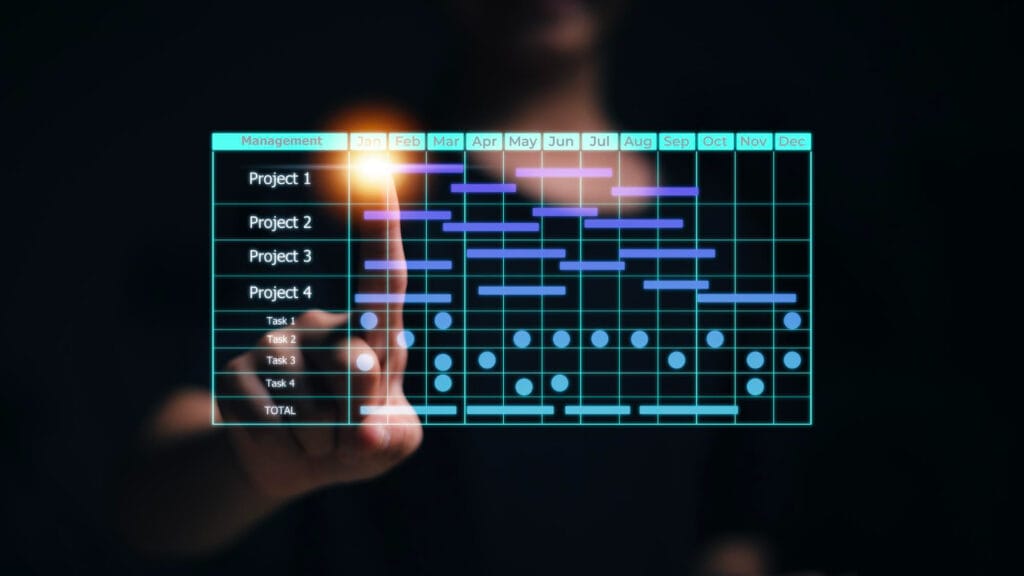Web Software Development Timeline: From Start to Finish outlines critical phases such as initial concept development, design, coding, testing, and deployment. Each stage plays a critical role in ensuring a seamless and efficient process. Project complexity, team expertise, and feature requirements can influence the timeline. Setting clear milestones and maintaining open communication with stakeholders allows you to stay on track and deliver high-quality software that meets user expectations within the planned timeframe.

When it comes to building web software, having a clear development timeline is crucial for staying on track and within budget. Whether you're developing a custom app for your business or launching a brand-new product, knowing the stages involved can help you better manage expectations and avoid common pitfalls. In this guide, we’ll walk through the entire web software development timeline from start to finish, so you know what to expect every step of the way.
The first phase is all about gathering information and laying the groundwork for your project. During this stage, you and your development team will define the software’s purpose, target audience, core functionalities, and key business goals. A solid discovery phase is essential for ensuring your project stays aligned with its objectives.
Once the initial planning is complete, it’s time to create wireframes, which are basic visual guides that represent the layout and structure of your software. After wireframes are approved, the design team will develop the actual look and feel of your software, including UI (User Interface) and UX (User Experience) elements.
Now that the design is set, developers can begin coding the software. The back-end development focuses on the server, databases, and API integrations, while the front-end development deals with the user interface and the parts of the software users interact with.
Before launching, it's crucial to test the software to ensure everything works as expected. This phase involves multiple rounds of quality assurance (QA), where testers look for bugs, performance issues, and other potential problems. The feedback from this stage will guide developers in refining the software before its official launch.
Once the software passes all tests and receives approval, it’s time for deployment. The development team will deploy the software to live servers, ensuring it’s available to users. During this phase, it’s essential to monitor the deployment process closely to ensure a smooth transition from development to live use.
Launching your web software is just the beginning. After the initial deployment, ongoing maintenance is required to fix bugs, add new features, and ensure the software remains secure. Regular updates also help your software stay compatible with new technologies and changing user needs.
Building web software shouldn’t be a guessing game. At Texelhub, we stick to a clear, manageable timeline that takes your project from idea to launch—without the headaches. From planning and design to development and deployment, we’ve got every phase covered to ensure your software is built right, on time, and ready to shine.
Don’t let delays slow you down! Partner with Texelhub and let’s get your web software up and running smoothly.
Ready to bring your app idea to life? Contact us today! Visit our website at theappguys.com/contact to get started. Let’s create something amazing together!
